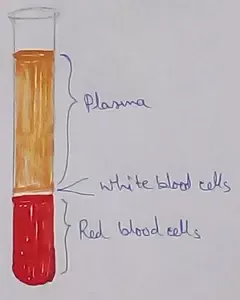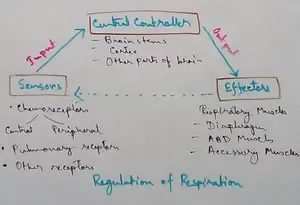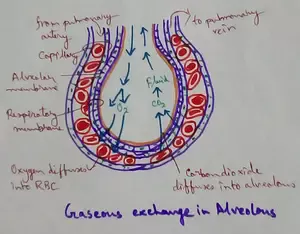Worksheet on Toad
Worksheet on structure of a fruit contains various types of questions.
The important information will help us to the answer the questions given below.
Webbed foot: The foot in which digits (fingers) are joined by thin skin folds.
Thumb pad: A dark colored wart-like structure present at the base of the thumb of the fore limb of a male toad.
Gill: Typical respiratory organ of aquatic animals made up of numerous thin membranous folds and fine blood capillaries.
Hibernation: To avoid extreme cold during winter the animals bury themselves under the soil. This is called winter sleep or hibernation.
Operculum: External cover of gill chamber.
Spiracle: Small pore-like opening of gill
chamber.
Aestivation: To survive in very hot summer cold-blooded animals go under soil cover. This is called summer sleep on aestivation.
Nictitating membrane: A transparent membrane, present over the eye ball just under the eye lids of amphibians and reptiles.
Cloacal opening or vent: Round aperture through which faeces, urine and germ cells are released.
Tympanum: Thin roundish membrane, which covers the opening of external ear.
Parotid gland: Paired glands, present behind the tympanum, containing poisonous sticky fluid, which is used in self defence.
I. Answer the following questions:
(i) Where do toads lay their eggs?
(ii) What do tadpoles eat?
(iii) What does the nictitating membrane do?
(iv) How does a toad catch a prey?
(v) How does a toad protect itself?
(vi) By which organ an adult toad does breathe?
(vii) Where does the reproduction of toad occur?
II. Choose the correct option and complete the sentence:
(a) Hind leg of a toad has—
(i) four toes
(ii) five clawed toes
(iii) five webbed toes
(iv) four webbed toes
(b) A fish differs from a tadpole because the tadpole does not have—
(i) a neck
(ii) a tail fin
(iii) paired fins
(iv) eyes
(c) Larva of a toad and larva of a butterfly are similar because both—
(i) build hive
(ii) prepare cocoon
(iii) make hole in mud
(iv) undergo metamorphosis
(d) Moist skin is found in—
(i) a toad
(ii) a butterfly
(iii) a queen bee
(iv) a worker bee
III. Fill In the blanks:
(iv) In _________ season toad goes for hibernation.
(v) Webbed feet of a toad help in _________.
(i) Toad is an _________ animal.
(ii) A frog prefers to live in _________.
(vi) Only _________ toad can make a croaking sound.
(iii) Behind the tympanum of a toad _________ gland is situated.
From Worksheet on Toad to HOME PAGE
Recent Articles
-
What Is Plasma? | Blood Plasma | Proteins | Nutrients | Cholesterol
Nov 07, 25 10:29 AM
Blood is a mobile fluid which is a connective tissue and is derived from the mesoderm like cell any other connective tissue. Colour of blood is reddish and that flows inside the blood vessels by means… -
Disorders of Respiratory System | Tuberculosis | Pleurisy | Emphysema
Oct 28, 25 11:39 PM
Tuberculosis is very common disease and is caused by a type of bacteria called Mycobacterium tuberculosis. This disease causes different trouble in the respiration and infection of several parts of th… -
Regulation of Respiration | Respiratory Centres | Inspiratory Area |
Oct 14, 25 12:13 AM
Respiratory Centre is the area that controls the rate of respiration and it is observed to be located in medulla oblongata and pons. Respiratory Centre has the following will dispersed components like… -
Explain Transport of Gases | External Respiration | Tissue Respiration
Oct 09, 25 11:35 PM
In humans gaseous exchange is completed in the following ways the steps are - External Respiration or Breathing - Breathing in false taking in of Oxygen and giving out of carbon dioxide in the body. M… -
Kind and Number of Teeth | Location of Teeth in Mouth | Care of Teeth
Sep 11, 25 12:52 AM
Kind and Number of Teeth





New! Comments
Have your say about what you just read! Leave me a comment in the box below.